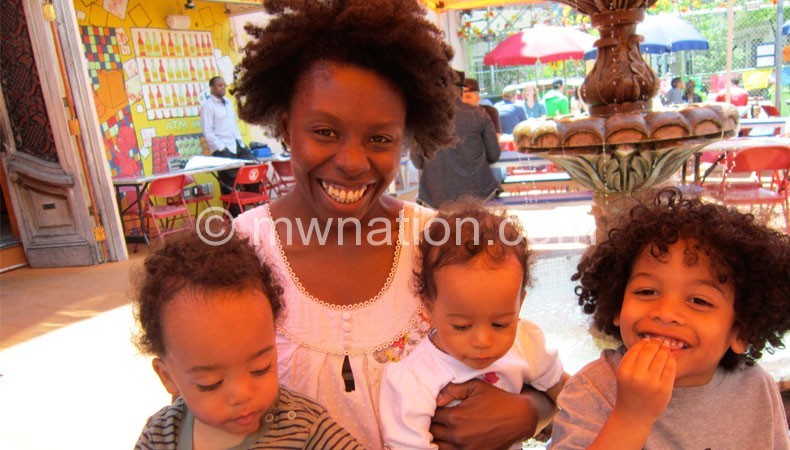When mummy is assumed nanny

Maltiracial families have become more prominent but they are not new. Parenting biracial children presents specific challenges. The prejudices are still alive and well. It takes a lot of work to protect children from the nuances of this prejudice.
You will witness racism and bias; and learn to be an advocate for your child. It is not easy but the challenges can be overcome if you have a good attitude. The mirror with which you view life will go a long way to determine how you cope with these challenges.
Don’t be surprised if you’re assumed to have adopted your child – or if you’re assumed to be the nanny. You might have to field questions such as, “Where did you get her?”, “Where is she from?” or “What is she?” It can be hard to cultivate patience with such questions. Cultivate a canned set of replies to help you make it through, tailored to your personality and taste.
Author Peggy Orenstein says she answers “Where is she from?” with a blunt response: “From my uterus.” Or you can try a more indirect, deflective approach. For example, in response to “Is she adopted?” you can try, “Does it matter? She’s my daughter and I love her.”
Here’s some important points all parents of biracial children should know:
Your children will see colour. They will see mummy’s colour, daddy’s colour and their own. In some families where everyone, including friends and neighbours look alike, children don’t always notice skin colour but in biracial families they are bound to see colour.
Other people will see colour too. It’s not normal for a white or black person to be approached on the street and asked about their racial composition by a complete stranger. For biracial families, it is. People are curious about their children’s hair, skin colour and want to know whether they came from a black woman’s uterus. No one seems to think twice about how these questions will be received before asking.
Your children may want to choose. Some days the children may like daddy’s white skin or may want to be black like mummy. Try to teach them that they have to be themselves.
Your child and family are outside the statistical norm. Don’t cover that up. Be open and matter-of-fact with your child about issues of skin colour, race and culture. Let him notice, ask questions and discuss the answers with you. Start this process as soon as your child can speak and continue to foster conversations throughout his childhood. Open and honest communication about racial issues and cultural differences are critical to providing your child with the tools he needs to navigate the world.
Mixed race children often feel as though they are not accepted by either of their races, since they possess only half of each. They may feel prejudiced against from both sides of their heritage, accepted by neither – and unfortunately, this is often a legitimate feeling.
Let your child explore the heritage and culture of both sides of his family. Children should know that one culture is not better or worse than another. No need to pick and choose. Come up with your own family traditions and rituals, richly informed by multiple cultures. They should be able to take pride in both of their heritages.
You can’t help what other people say to your children but you can teach your children how to respond. Children can brush off remarks like they aren’t a big deal, giving short and polite answers.
Most prejudiced people will back off if they don’t get a reaction, or if the reaction they get is calm and polite.





